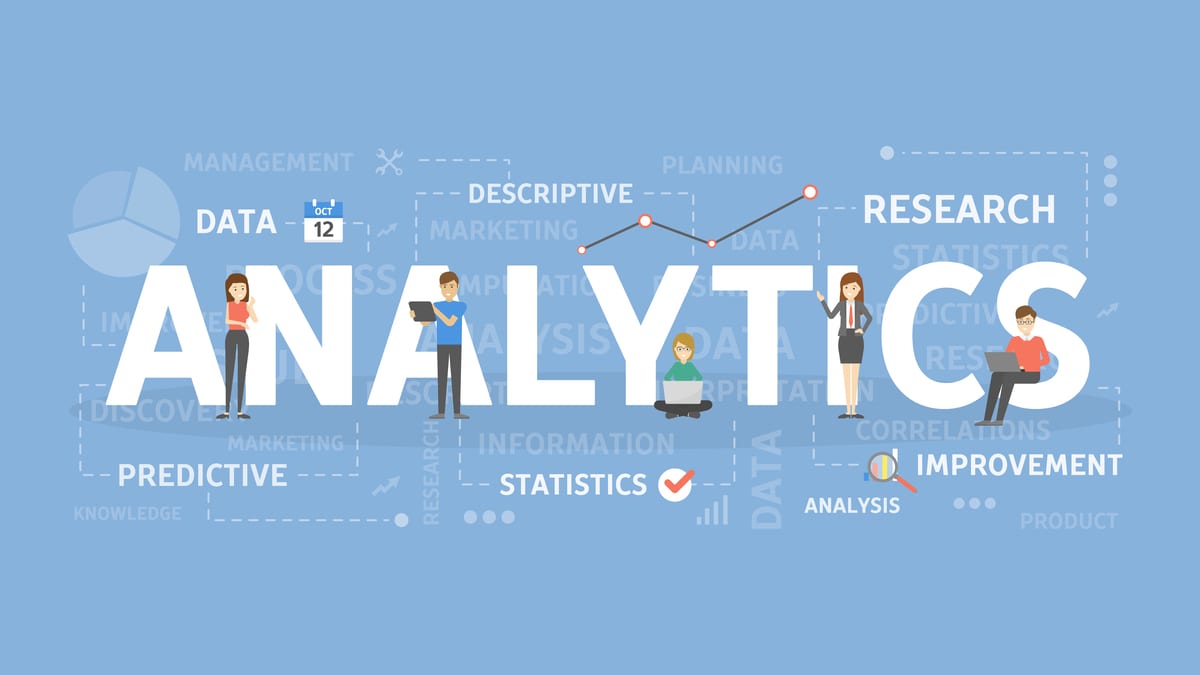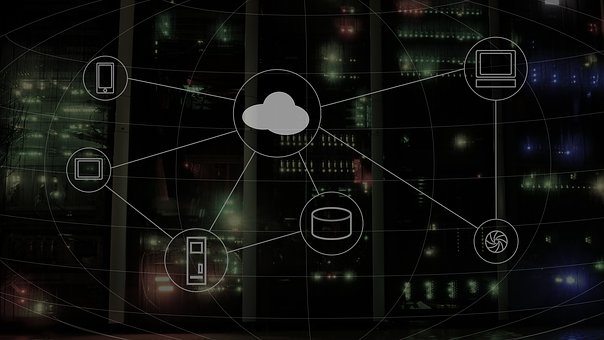The Rise of CDP and Its Role in the Marketing Technology Stack

Never before has so much customer data been available to marketers. At the same time, we have more tools than ever to manage and leverage that data. We can now use marketing technology in innovative ways, but it’s important to make sure our actions benefit both the business and the customer.
Perhaps the most daunting question is how to unify various disconnected data sources. According to the latest State of Marketing report, marketers across the ASEAN region plan to use 50%–55% more data sources in 2022 than they did in 2020. Managing these data sources is going to be a growing challenge.
In the past, marketers have managed data through customer relationship management systems (CRMs) and data management platforms (DMPs). More recently, though, marketers have turned to Customer Data Platforms (CDPs). These are tools that allow a new kind of data unification.
Unlike DMPs that focus on managing anonymous customer data, CDPs are about the individual customer profile. In fact, CDPs are powerful, highly customisable pieces of technology that can get you closer to both your organizational goals and the individual customer.
Before we talk about why CDPs are on the rise, or the role they now play in the marketing tech stack, let’s talk about how customer expectations have changed over recent years.
Meeting customer expectations
Customers are now more aware of the value of their data, and more wary of how it’s being used. Trust is top-of-mind for the modern consumer.
Customer data has been the focal point for many years, so why is trust now more of a concern? The answer lies partly with the changes that tech giants such as Google and Apple have introduced to protect privacy and consent. To make matters more complicated, third-party cookies are on the way out and privacy regulations continue to tighten up all over the world.
Today, brands that ensure customer privacy, whilst offering the deepest levels of personalisation, are sure to be the most successful. Consumers now want to know exactly what’s happening with their data, but also want offers to be personalised every time.
Increased access to first-party data allows for greater personalisation and comes with the promise of business growth. How can brands manage this data and build open, mutually beneficial relationships with the consumer?
Enter the CDP.
How can a customer data platform help connect all these dots?
Let’s first broadly define what a CDP does. Most organizations have siloed systems that present marketers with a fragmented view of the individual customer. A CDP allows you to bring together the customer data from those various systems and unify the fragmented data into rich, accurate, and actionable customer profiles.
This gives marketers a lot more profile data to work with — a benefit that should not be undervalued. Not only does a CDP provide access to unified data, it also speeds up the deployment of marketing campaigns.
Unifying data alone isn’t going to drive business growth. Having access to deeper and richer customer profiles is great, but it’s all about what you do with that access. By using the customer data at your fingertips, a CDP can drive powerful, actionable insights. You can use these insights to develop customer engagement and personalisation strategies. This is possible thanks to a number of tech innovations including machine learning, data visualization, and predictive analytics.
One way to leverage the power of CDP is to increase the value of a loyalty programme through insights on customer behaviors and responses. A CDP also allows you to zoom out and identify target audiences from similar individual customer profiles.
When should I invest in a customer data platform?
The answer to that question depends on the strength of your implementation strategy. You can’t just grab the product, connect a few data sources, and expect the tech to do the work for you.
Your organization needs to ask a long list of questions with the end point in mind, including:
- What is our ultimate goal?
- What are the milestones to get there?
- What is our time frame?
- Is my technology strategy aligned with my business strategy?
Once you figure out what you want to achieve, you can work your way backwards and use tactics that will get you to that end point.
Just as important as working towards your end goal is gaining a firm grasp on your starting point. The more you understand the current state of your organisation, the clearer your CDP requirements will become. Then you’ll be able to flag existing data, process, technology, or personnel gaps.
Once you’ve set your priorities and defined your success metrics, you’ll be on your way to new levels of ROI, while also heading in the right direction for further growth.
The more you put into a CDP, the more you get out of it. That also means the more you learn about its many capabilities, the more you’ll be able to achieve.
For more information, please contact the Sales Team at: https://www.beryl8.com/en/contact-us



